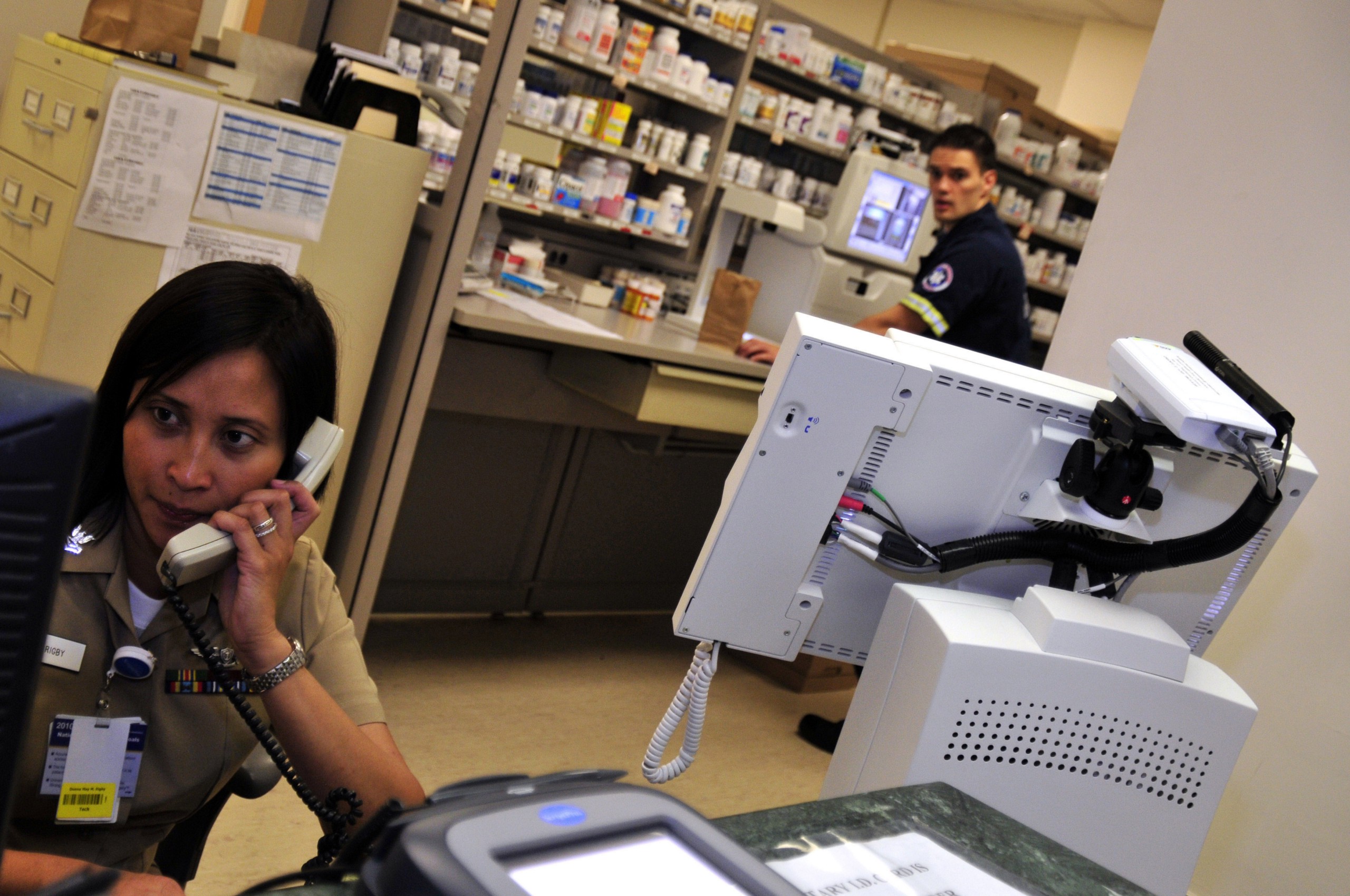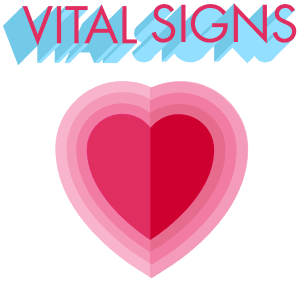

When Carly Heyman was 18, she started to feel depressed. Soon, her symptoms expanded to include intense hot flashes and irregular periods, as though she were going through menopause as a teenager. She gained 50 pounds and spent days at a time in bed. Then began the thoughts of suicide.
These odd, undiagnosable ailments lasted for almost three years, over which time Carly visited nearly a dozen doctors and ran up more than $100,000 in medical bills. But no one could say exactly what was wrong with her. Eventually, an interdisciplinary group of researchers from the National Institutes of Health in the United States took up her cause. Using their combined expertise, those doctors correctly identified Carly’s condition: fragile X-associated primary ovarian insufficiency, a genetic abnormality that affects just one in 15,000 women. Within a month, Carly was given hormone therapy and, to her amazement, experienced a full recovery.
The experience of enduring an unidentified illness, however, had lasting effect not only on Carly, but also on her family–including her brother, Jared Heyman. After founding a successful market research company called Infosurv, Heyman decided to devote his next venture to something a bit more personal: solving difficult-to-diagnose medical cases. He envisioned an online platform that would rely not on the expertise of a single doctor, but on an entire group of experts, essentially using the wisdom of the crowd to diagnose disease.
So in April of 2013, Heyman founded CrowdMed. The site functions like a stock market, with medical detectives evaluating a patient’s case and submitting a possible diagnosis; users then cast weighted points to vote on those diagnoses they think are most likely. Anyone can sign up to be a medical detective, though more than 60 percent of those who actively participate on the site are in the medical profession, including doctors, nurses, medical students, chiropractors, and more. Many others are former patients eager to help those experiencing ordeals similar to those they’ve already been through. “If it’s a rare condition, the patient probably knows more about it than most doctors do,” Heyman said. “My sister definitely knows more about her condition than the vast majority of doctors do, for example.”
Some patients offer a monetary reward ranging from $200 to more than $1,000 for a diagnosis, but most medical detectives say they are motivated primarily by altruism, the challenge of solving a tough case and the chance to learn from a diverse group of peers. “A lot of people just really enjoy helping others,” Heyman said, adding that the site likely relies on the fact that “doctors also tend to be competitive types.”
Still, money does talk, and those patients who put up some cash do tend to get more responses to their cases. Heyman added, however, that statistically the money factor has not made a difference in whether or not the case gets solved.
So far, the site has processed more than 500 patient cases. Those patients, on average, have been sick for eight years, have seen eight doctors, and have incurred $50,000 in medical bills. Of those patients, 60 percent have reported that CrowdMed “successfully brought them closer to a correct diagnosis or a cure,” Heyman said.
The service, however, is not a surefire solution for every medical malady or puzzling case that arises. Alan Ungar, a 78-year-old certified financial planner in California, recently spotted a media story about CrowdMed and immediately thought of his feet, which had burdened him for the past 25 years with a “dull, aching pain that just doesn’t go away.” Lately, that chronic problem had become so intolerable that he has had to give up hiking with his wife. Ungar’s physician agreed that it wouldn’t hurt to try his luck with CrowdMed. “As my doctor pointed out, when he sends me to a specialist, they only have one frame of reference and a certain point of view,” Ungar said. “This way, you open your case up to many other points of view.”
After entering his details, Ungar received several suggestions, but the majority were things he had already crossed off his list from previous visits to specialists. One, however, did seem promising: peripheral neuropathy with minimal mild borderline diabetes. Ungar brought it to his physician, who agreed that it was worth investigating, but the tests came back inconclusive. Just to be certain, Ungar is beginning a new medication that, in theory, would treat that particular malady. “Frankly, I’m sort of doubtful, but it’s worth a shot,” he admitted.
Either way, he added, “I am satisfied with the experience, because this is one more thing to cross off the list of possibilities.”


How We Get To Next was a magazine that explored the future of science, technology, and culture from 2014 to 2019. This article is part of our Vital Signs section, on the future of human health. Click the logo to read more
